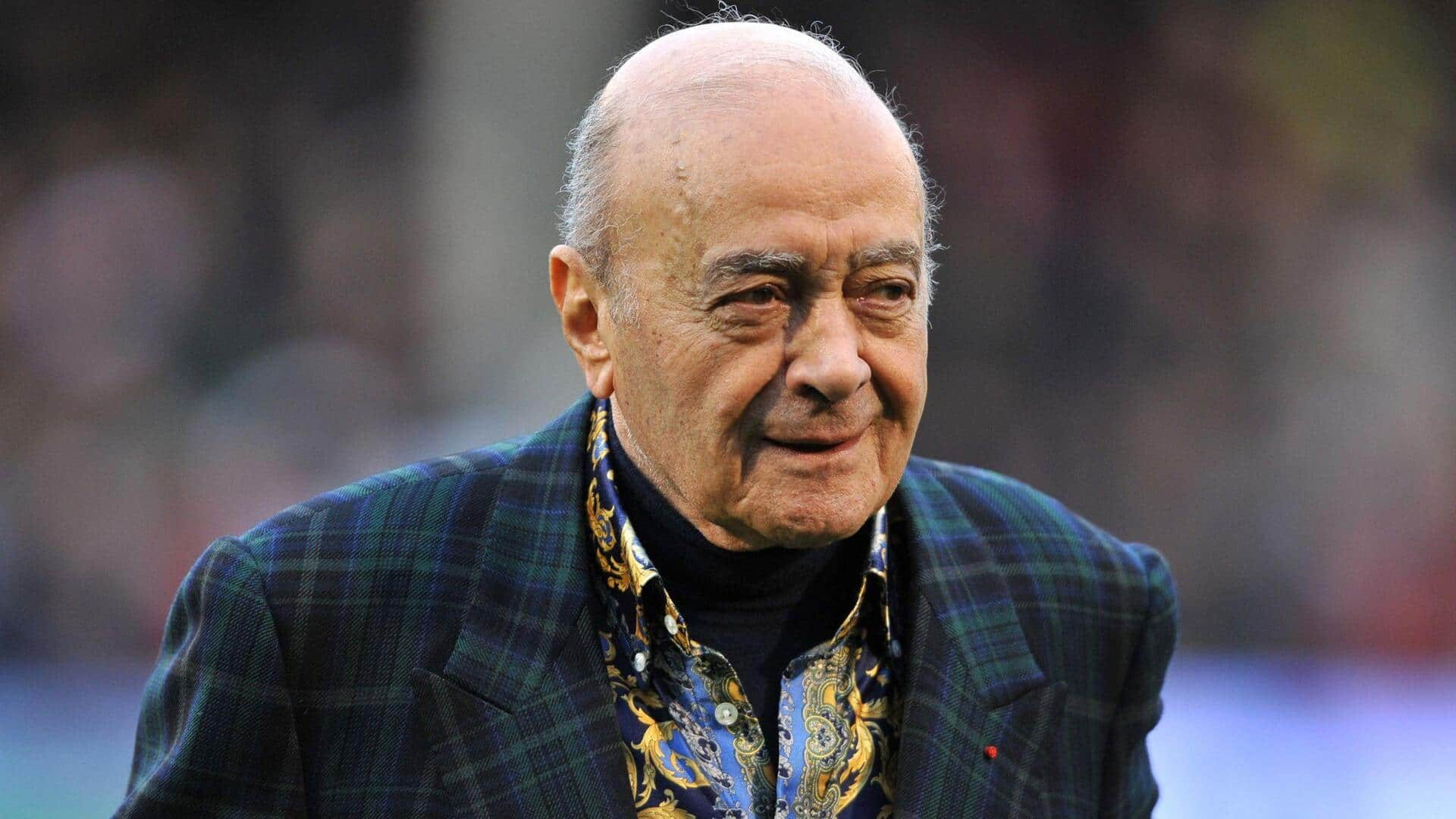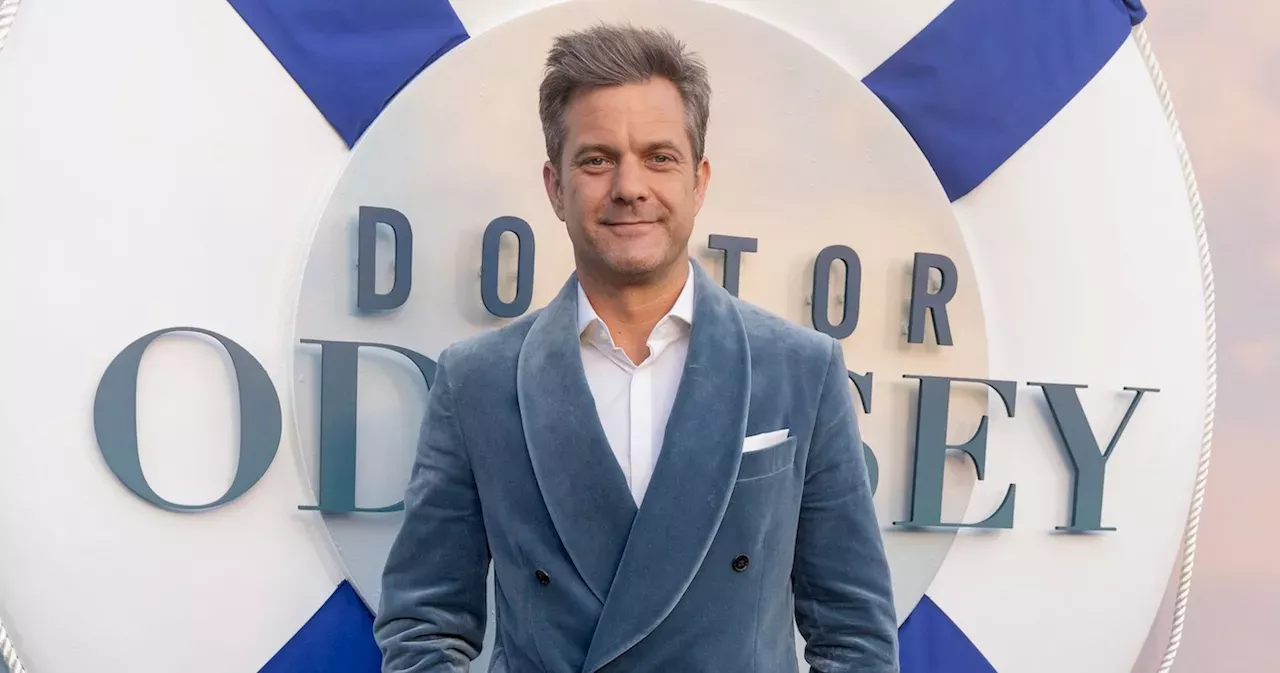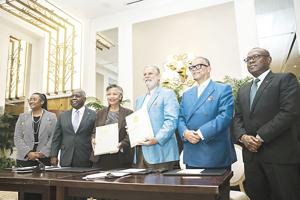By Tim Britton, Andy McCullough, Rustin Dodd and Stephen J. Nesbitt When the trade deadline nears, The Athletic ’s reporters bring out their red pens and grade each team’s moves, assessing more than 30 trades last summer. Those, of course, are snap judgements — the reality is that the value of many of these trades won’t be clear for months or even years.
Still, most of the time, we feel pretty good about the grades we hand out, even knowing that it’s an imperfect exercise. Then there are those other ones, the grades that haunt; the occasions where we were a little too harsh or a little too lenient, or just didn’t get it right. Four of our trade graders looked back at deals they missed on at the 2023 deadline, and tried to determine exactly what went wrong.

Angels get: Lucas Giolito , RHP; Reynaldo López , RHP White Sox get: Edgar Quero , C; Ky Bush , LHP Angels: B White Sox: A- Tim Britton: Look, we all knew at the time that the Angels were giving up more than they should have given their competitive context: Even had Giolito and López pitched lights out over the final two months, they probably couldn’t have chased down the Rangers or Blue Jays in the American League for a playoff spot. Advertisement But every potential saving grace of the deal collapsed quickly. “If we are to be crushed, let us be crushed gloriously,” I quoted in my initial writeup, and Giolito obliged.
In six starts with the Angels, he lost five and reached the bare minimum of a quality start just once. He and the Halos’ other deadline acquisitions were so bad that they all hit waivers at the end of August to help the club dip under the luxury tax. Giolito was claimed by Cleveland , and you can make a case the Guardians lost that deal when they didn’t even surrender a player going the other way.
He again lost five of his six starts and posted an overall ERA of 6.96 after leaving the White Sox. If Giolito had looked anything like his usual self, he could have contemplated a longer-term arrangement in his native Southern California.
Instead, he signed with Boston and is out for the year following elbow surgery. Catcher Edgar Quero and starter Ky Bush, who went to the White Sox in the deal, both recently reached Triple A. The Angels could use prospects like that at this deadline.
Dodgers get: Lance Lynn , RHP; Joe Kelly , RHP White Sox get: Nick Nastrini , RHP; Jordan Leasure , RHP; OF Trayce Thompson Dodgers: B White Sox: B+ Andy McCullough: In the days leading up to the 2023 trade deadline, Dodgers manager Dave Roberts specified the sort of player his team desired. He called them “floor raisers.” Sometimes, the thinking went, a club needs a player who can elevate the ceiling.
The Dodgers believed the roster possessed enough star power to contend for a championship. All they required, in theory, were some improvements on the margins of the roster. So that’s what they did.
President of baseball operations Andrew Friedman acquired Amed Rosario and Kiké Hernández to supplement the offense. For the pitching staff, the team made this deal with the White Sox, reuniting with Kelly and banking on a revival from Lynn, who appeared incredibly prone to home runs. The Dodgers got the good version of Kelly for a couple months (better than the version the team has seen since re-signing him last winter).
And Lynn, who left the White Sox with a 6.47 ERA, posted a 4.36 ERA in 11 regular-season starts as a Dodger.
Advertisement When I gave the Dodgers a B for this trade, it was mostly because I agreed with their premise that the roster did not require that much improvement. That looked pretty silly a couple months later when Lynn, in his only postseason appearance as a Dodger, served up four consecutive homers to the Arizona Diamondbacks as his team was swept out of the National League Division Series. Back at the deadline, the Dodgers weren’t even sure they would need Lynn to start in October.
But Walker Buehler never made it back from Tommy John surgery. Julio Urías got arrested. After Clayton Kershaw got rocked by Arizona in Game 1 and Bobby Miller flopped in Game 2, Lynn could not complete the third inning in Game 3.
In retrospect, the Dodgers deserved a C or worse for settling, rather than using their resources to land a more dynamic addition, like Justin Verlander or Jordan Montgomery . So it goes. Friedman and his crew will be back in business this week, once again looking to augment a team cruising toward another division title.
Guardians get: Kyle Manzardo , 1B Rays get: Aaron Civale , RHP Rays: A Guardians: A Rustin Dodd: When the Rays and Guardians hooked up last summer and exchanged right-hander Aaron Civale for first base prospect Kyle Manzardo, it looked like two respected front offices making a reasonable baseball trade for both sides. The Rays acquired a controllable starting pitcher who had a 2.34 ERA.
In return, the Guardians received an intriguing bat who was ranked in some top 100 prospect lists and could, in time, add some needed punch to the lineup. I gave both teams A’s — and my colleagues’ grades were similarly positive. I put it like this: “Manzardo might seem like a slight overpay for Civale — though at least one formula would beg to differ — but the Rays have a pitching apparatus that rivals the one in Cleveland, so you can expect Civale to put up an ERA in the high 2.
00s and low 3.00s for as long as he’s in a Rays uniform.” Advertisement OK, that didn’t happen.
Civale logged a 5.36 ERA in 10 starts for the Rays last season. He followed that up by putting up another five-plus ERA this season, and the Rays traded him to Milwaukee for minor-league infielder Gregory Barrios .
To this point, Manzardo, 24, hasn’t quite clicked for the Guardians in the majors. He struggled during his first MLB stint earlier this season — though he’s settled back in and produced since returning to Triple A. He doesn’t offer much value beyond the bat, though, so he’s going to have to find his power stroke.
Still, Manzardo will get another opportunity at some point, and the Guardians control him through the rest of the decade. I’d like to issue a plea of guilty for the crime of putting too much trust in the Rays’ pitching infrastructure. Diamondbacks get: OF Tommy Pham Mets get: INF Jeremy Rodriguez Diamondbacks: B+ Mets : B- Stephen J.
Nesbitt: When the Mets flipped Tommy Pham to the Diamondbacks for 17-year-old infielder Jeremy Rodriguez, I confidently called the return “light.” Rodriguez was batting .246 in the Dominican Summer League.
He wasn’t on prospect lists. Pham, in my mind, should have been a coveted addition for contenders — a rental outfielder who’d get on base and hit for power — and brought back more for the Mets. I wasn’t wrong about Pham’s impact.
He delivered for the Diamondbacks and wound up hitting in the middle of their lineup through the World Series. I was wrong about the return. Rodriguez was a perfect lottery-ticket target for the Mets, a left-handed-hitting shortstop with a great eye and solid contact skills who should grow into some power.
He went on a tear late last season in the Mets system and is now batting .283 with a .357 OBP in rookie ball.
Baseball America recently ranked him as the Mets’ No. 14 prospect. Advertisement The B- grade I gave the Mets for this trade reflected my general displeasure with the organization’s strategy at last year’s trade deadline.
I didn’t like the Justin Verlander trade (B-) , expected more advanced prospects for rental closer David Robertson (B) and begrudgingly accepted the Max Scherzer deal (B+) . A year later, I admire that the Mets had a plan and stuck to it. Sure, they ate a ton of cash to dump Verlander and Scherzer, but all of it served to successfully restock the farm system.
Six of their top 25 prospects, according to Baseball America, were acquired at the 2023 trade deadline: Drew Gilbert (No. 3), Ryan Clifford (8), Luisangel Acuña (12), Marco Vargas (13), Rodriguez (14) and Ronald Hernandez (25). Now it’s time to see the Mets on the buyer’s side of a trade grade.
(Photo of Lucas Giolito: Cole Burston / Getty Images).



















